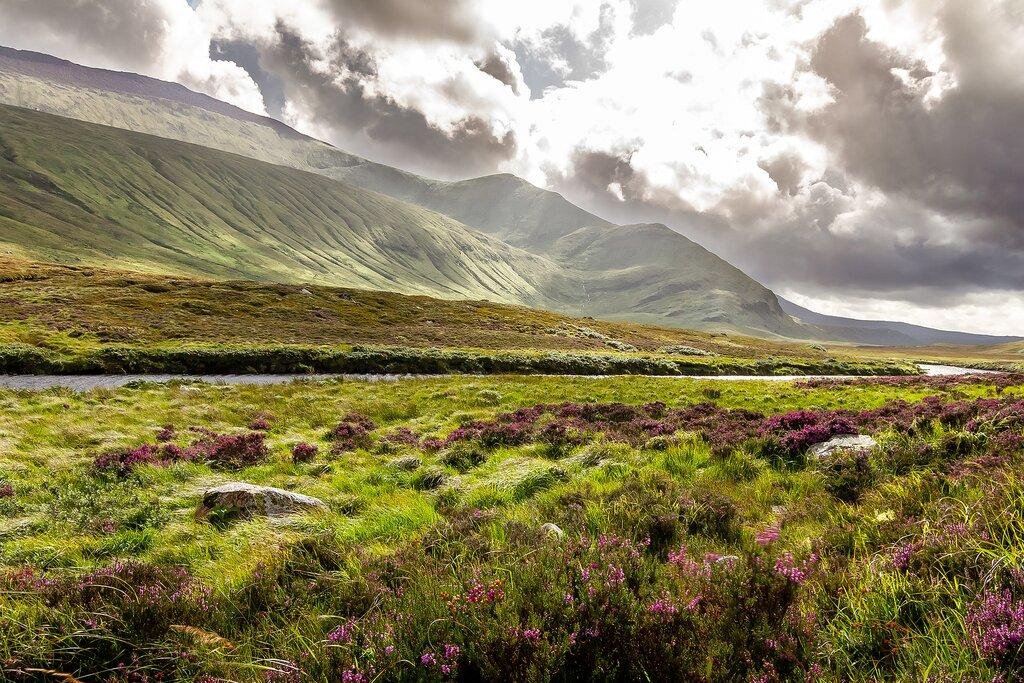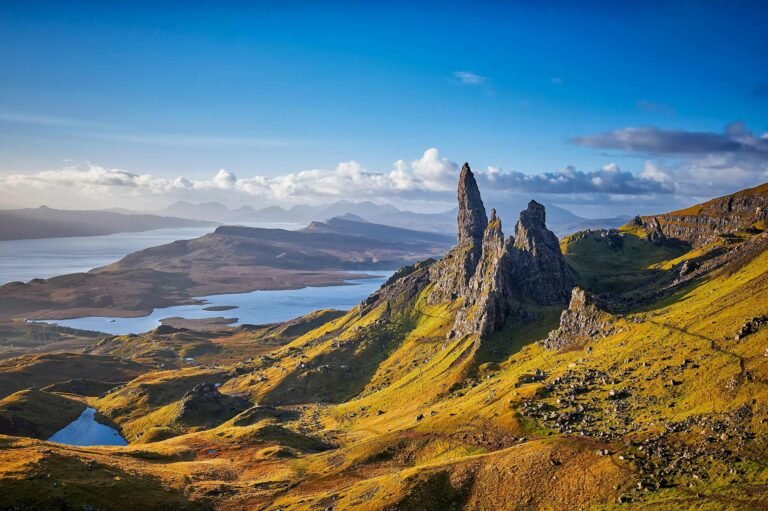Planning a trip to Scotland is an exciting venture, but timing can make a world of difference in your experience. While the rugged landscapes, historic castles, and rich culture beckon year-round, there are certain periods that can turn an anticipated getaway into a challenging ordeal. Whether it’s relentless rain,biting cold,or the overwhelming influx of tourists,some times simply aren’t ideal for a visit. In this article, we delve into the worst times to explore Scotland, highlighting the factors that can dampen your journey. By understanding these critical periods, you can better prepare yourself, ensuring that when you do decide to experience Scotland, it’s under the most favorable conditions. So, let’s embark on this journey of finding, aiming to equip you with the knowledge needed to make the most of your Scottish adventure—not just when to go, but also why timing truly matters.
Understanding Scotlands Weather Patterns and Peak Tourist Seasons
Scotland’s weather is famously unpredictable, with a climate shaped by its geographical features, making it both a blessing and a curse for visitors planning their trips. The heavy rains and brisk winds can blanket the countryside in a wild charm, but they also lead to challenges for those hoping for sunshine and long walks in the great outdoors. the peak tourist season typically runs from late spring to early autumn, with the warmest weather and longest days attracting many visitors. However, those trying to avoid the cold and damp should take heed of the lesser-known months that might not be as kind.
Here are some key points regarding Scotland’s weather and peak tourist seasons:
- Spring (March to May): Bringing mild temperatures and blooming flowers, it’s ideal for sightseeing but can be wet.
- Summer (June to August): The warmest months; expect lively festivals and a bustling atmosphere. however, rain is still likely.
- Autumn (September to November): Offers stunning foliage and cooler air but also unpredictable weather patterns.
- Winter (December to February): Cold and dark, many attractions may be closed, making it less appealing for tourists.
For travelers seeking the best of what Scotland has to offer, an understanding of these seasonal patterns is crucial. Many visitors flock to popular destinations during the summer months,resulting in crowded attractions and higher prices. Exploring Scotland during the shoulder seasons—from late March to early June and September to October—may provide a more peaceful experience with a chance of favorable weather. Tho, during the winter, even though the landscape takes on a different beauty, it’s vital to be prepared for the elements, as some remote areas may become less accessible. Knowing these nuances will enhance your visit, perhaps saving you from a cold and wet experience that could be the hallmark of the worst time to visit Scotland.
Tips for Enjoying Scotland During Off-Peak Months
Visiting Scotland during the off-peak months can be a delightful experience, offering a blend of natural beauty and cultural richness while avoiding the throngs of tourists. To fully enjoy Scotland during this time,consider embracing the local culture and the slower pace of life. Here are some suggestions to enhance your off-peak adventure:
- Explore Lesser-Known Destinations: Instead of the bustling hotspots like Edinburgh and Glasgow, venture into hidden gems such as the Isle of Skye or the Orkney islands. These areas provide breathtaking landscapes with fewer crowds.
- enjoy Local Festivals: Many towns host unique festivals in the off-peak seasons, showcasing local art, music, and traditions. Participating in these events offers insight into the Scottish way of life.
- Take Advantage of Lower Prices: With fewer tourists, accommodations and attractions frequently enough offer discounted rates. This is an chance to enjoy luxury experiences at a fraction of the cost.
- Engage with Locals: With smaller crowds, you’ll find it easier to converse with locals. They can provide recommendations on the best undiscovered spots and share stories of their hometown.
- Appreciate the Seasonality: Each season brings its own charm; whether it’s the vibrant autumn foliage or the serene snow-covered landscapes in winter, embrace the seasonal changes for a richer experience.
To help you plan your trip, here’s a simple comparison of what to expect in terms of weather and tourist activity during the off-peak months:
| month | Average Temperature | Tourist Traffic |
|---|---|---|
| November | 4 - 10°C | Low |
| December | 1 – 7°C | Very Low |
| January | 0 – 6°C | Very Low |
| February | 1 – 7°C | Low |
By considering these elements, Gezify readers can make the most of their off-peak visit to Scotland, soaking in the tranquil beauty and unique cultural experiences that are frequently enough overshadowed during peak travel seasons.
while Scotland is undeniably enchanting year-round, being mindful of the less favorable times to visit can enhance your experience. The biting cold and relentless rain of winter can dampen even the most enthusiastic traveler’s spirits. By understanding these challenges and planning your trip accordingly, you can better appreciate Scotland’s beauty and charm. Whether it’s basking in the summer sun or enjoying the vibrant colors of autumn, choosing the right season will ensure that your journey is as memorable as it is enjoyable. safe travels!
